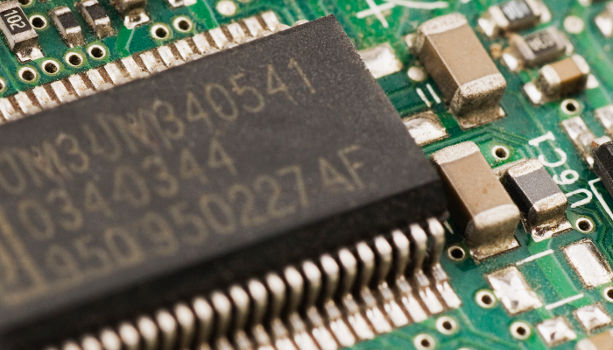RoHS Directive
Official Title: Directive 2011/65/EU of the European Parliament and of the Council of 8 June 2011 on the restriction of the use of certain hazardous substances in electrical and electronic equipment.
Description: RoHS stands for Restriction of Hazardous Substances. The RoHS Directive lays down rules on the restriction of the use of hazardous substances in electrical and electronic equipment (EEE) with a view to contributing to the protection of human health and the environment, including the environmentally sound recovery and disposal of waste EEE.
One of the primary objectives of RoHS 2 is to address concerns related to the increasing volume of waste electrical and electronic equipment (WEEE) arising in the EU. Hazardous substances in this type of equipment could be released during waste management processes and give rise to damage to human health and the environment.
The Directive restricts the use of six hazardous substances: Lead (Pb), Mercury (Hg), Cadmium (Cd), Hexavalent chromium (Cr6+), Polybrominated biphenyls (PBB), and Polybrominated diphenyl ethers (PBDE).

Which Products Are Covered By The RoHS Directive?
- Large household appliances
- Small household appliances
- IT & Telecommunications equipment
- Consumer equipment
- Lighting equipment—including light bulbs
- Electronic and electrical tools
- Toys, leisure, and sports equipment
- Medical devices (exemption removed in July 2011)
- Monitoring and control instruments (exemption removed in July 2011)
- Automatic dispensers
- Other EEE not covered by any of the categories above
How to Comply with the RoHS Directive
Internal Production Control or CE marking self-certification is allowed. The manufacturer performs the conformity assessment and documents the assessment in his own right, ensuring that the product has been designed and manufactured in accordance with the requirements.
Contact us on dymer.global@gmail.com or +91 9518903685
